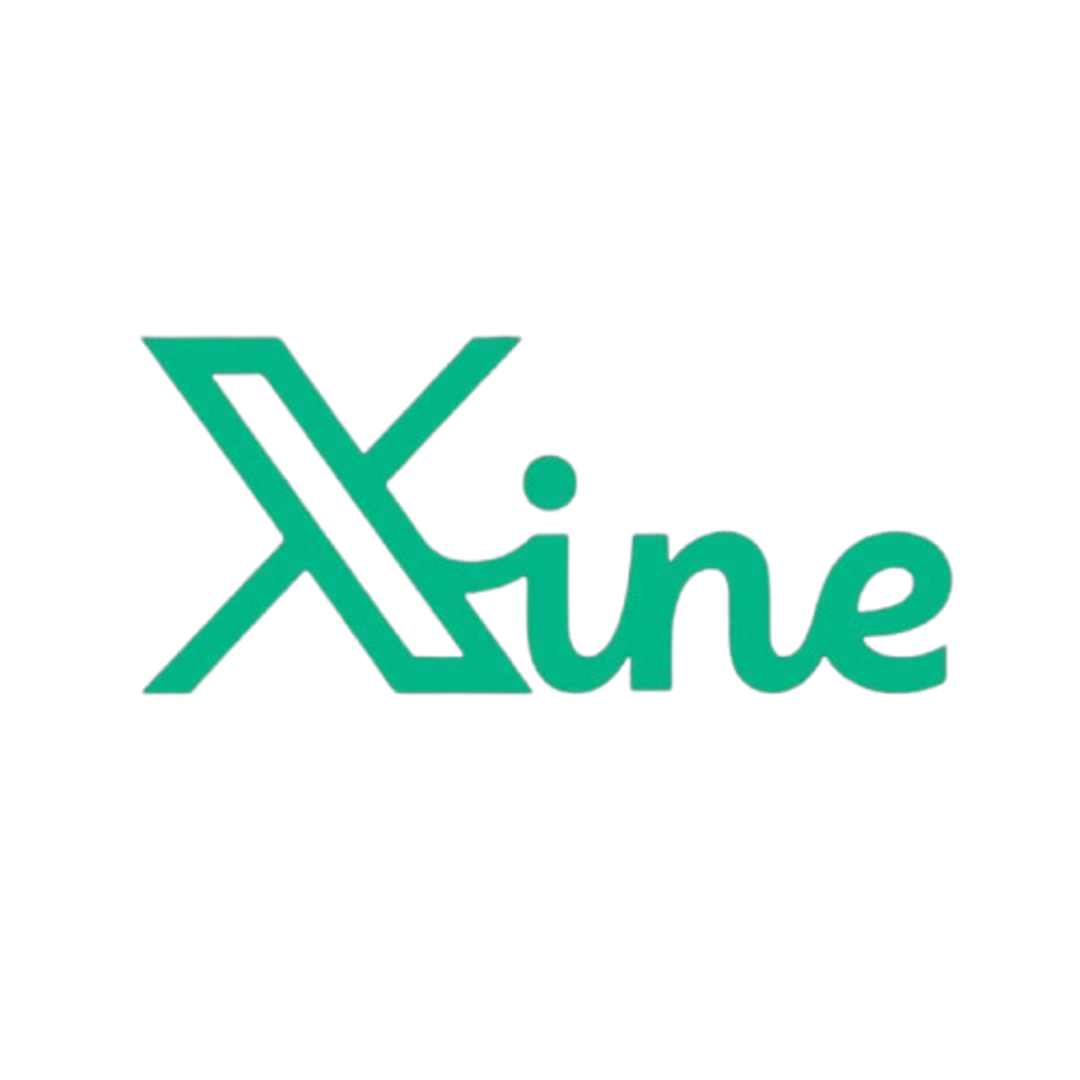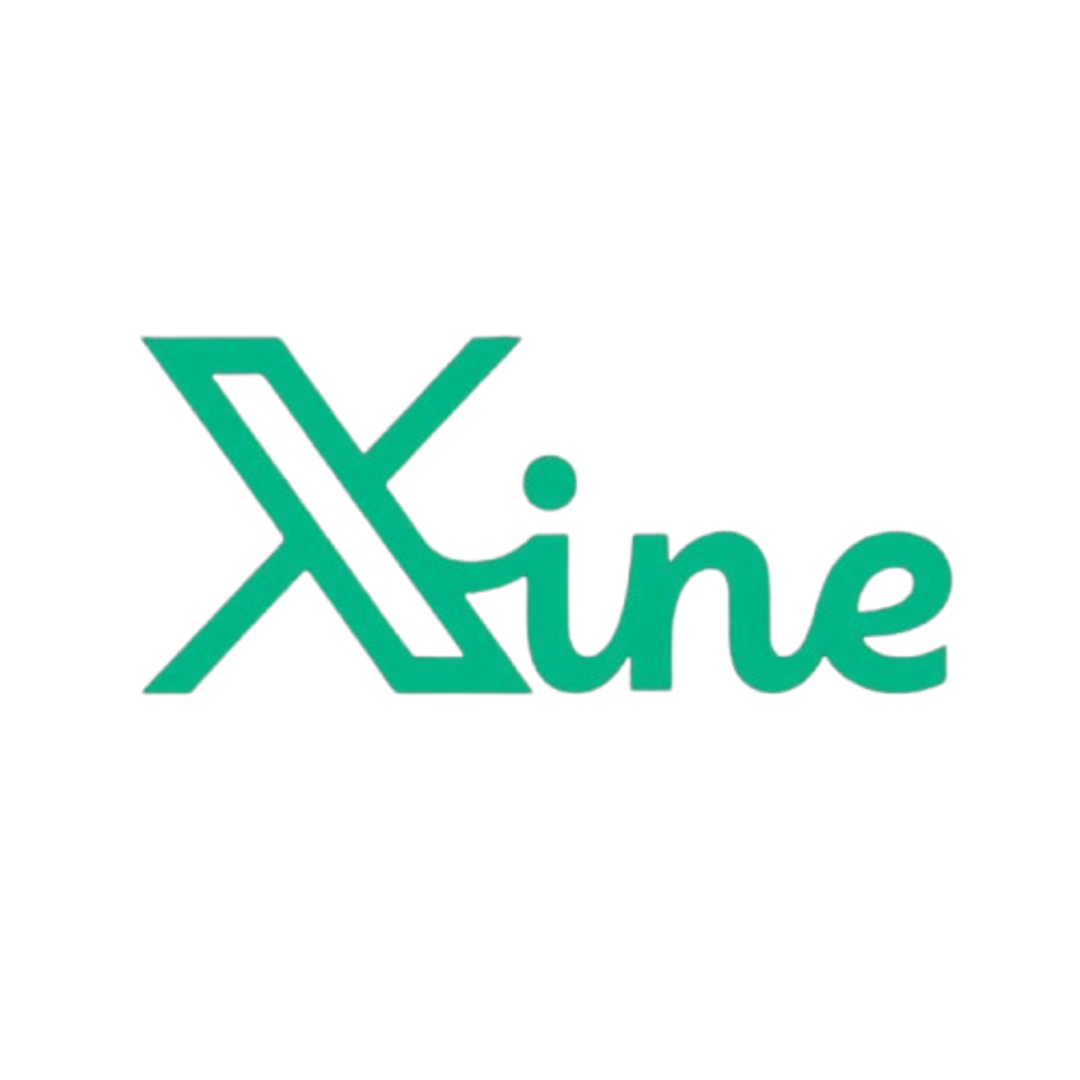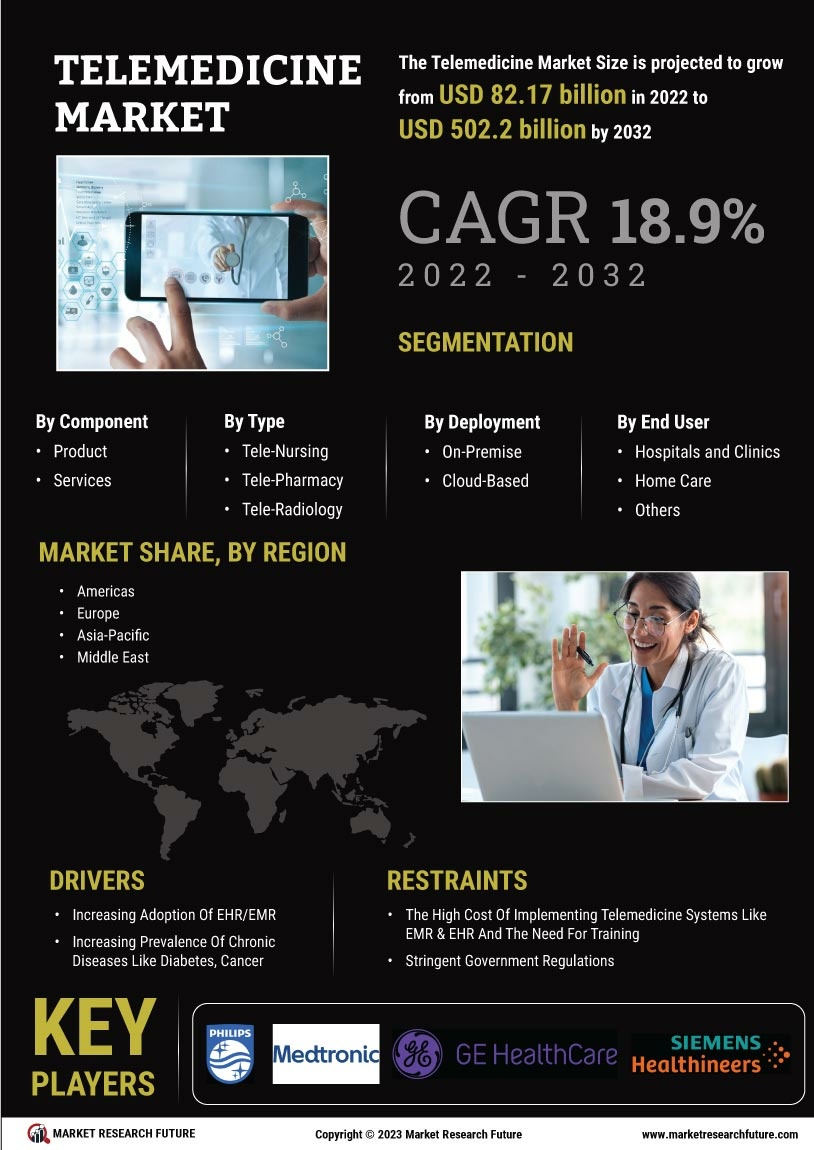
@DivakarMRFR
27 Posts
0 Photos
0 Videos
Lives in new york
From new york
Male
-
Business Insights Driving the Herbal Medicine Market
The Herbal Medicine Market Business Insights
highlight the importance of strategic partnerships, R&D investments, and technology adoption. Leading players collaborate with research institutes, pharmaceutical firms, and wellness centers to accelerate product development, clinical trials, and validation of efficacy. Adoption of digital platforms, AI-assisted formulation design, and automated extraction technologies ensures high-quality, standardized herbal products for global markets.
Reference - https://www.marketresearchfuture.com/reports/herbal-medicine-market-3250
Business Insights Driving the Herbal Medicine Market The Herbal Medicine Market Business Insights highlight the importance of strategic partnerships, R&D investments, and technology adoption. Leading players collaborate with research institutes, pharmaceutical firms, and wellness centers to accelerate product development, clinical trials, and validation of efficacy. Adoption of digital platforms, AI-assisted formulation design, and automated extraction technologies ensures high-quality, standardized herbal products for global markets. Reference - https://www.marketresearchfuture.com/reports/herbal-medicine-market-32500 Comments ·0 Shares ·37 Views -
Business Insights Driving the Skin Microbiome Market
The Skin Microbiome Market Business Insights
highlight the importance of strategic partnerships, R&D investments, and technological adoption. Leading skincare and pharmaceutical companies collaborate with biotech firms, research institutions, and dermatology clinics to accelerate product development, conduct clinical trials, and validate efficacy. Integration of digital platforms and AI-assisted skin diagnostics further supports the development of personalized microbiome solutions.
Reference - https://www.marketresearchfuture.com/reports/skin-microbiome-market-26187
Business Insights Driving the Skin Microbiome Market The Skin Microbiome Market Business Insights highlight the importance of strategic partnerships, R&D investments, and technological adoption. Leading skincare and pharmaceutical companies collaborate with biotech firms, research institutions, and dermatology clinics to accelerate product development, conduct clinical trials, and validate efficacy. Integration of digital platforms and AI-assisted skin diagnostics further supports the development of personalized microbiome solutions. Reference - https://www.marketresearchfuture.com/reports/skin-microbiome-market-261870 Comments ·0 Shares ·34 Views -
Business Insights Driving the 3D Printed Bones Market
The 3D Printed Bones Market Business Insights
reveal that strategic partnerships, R&D investment, and technological adoption are key growth drivers. Leading manufacturers are collaborating with hospitals, research institutions, and technology providers to enhance product development, clinical trials, and patient outcomes. Adoption of digital design platforms, AI-assisted modeling, and additive manufacturing techniques ensures precise, patient-specific implants that improve surgical efficiency and reduce risks.
Reference - https://www.marketresearchfuture.com/reports/3d-printed-bones-market-26044Business Insights Driving the 3D Printed Bones Market The 3D Printed Bones Market Business Insights reveal that strategic partnerships, R&D investment, and technological adoption are key growth drivers. Leading manufacturers are collaborating with hospitals, research institutions, and technology providers to enhance product development, clinical trials, and patient outcomes. Adoption of digital design platforms, AI-assisted modeling, and additive manufacturing techniques ensures precise, patient-specific implants that improve surgical efficiency and reduce risks. Reference - https://www.marketresearchfuture.com/reports/3d-printed-bones-market-260440 Comments ·0 Shares ·34 Views -
Key Manufacturers in the Europe Clinical Trials Market
The Europe Clinical Trials Market Key Manufacturers
include leading CROs such as ICON plc, Parexel International, Covance, and Syneos Health, who dominate due to comprehensive service offerings and extensive European networks. These companies invest in R&D, digital tools, and regulatory support to maintain competitive advantage. Their ability to conduct multi-center, cross-border trials and offer adaptive trial designs positions them at the forefront of the market.
Reference - https://www.marketresearchfuture.com/reports/europe-clinical-trials-market-21458
Key Manufacturers in the Europe Clinical Trials Market The Europe Clinical Trials Market Key Manufacturers include leading CROs such as ICON plc, Parexel International, Covance, and Syneos Health, who dominate due to comprehensive service offerings and extensive European networks. These companies invest in R&D, digital tools, and regulatory support to maintain competitive advantage. Their ability to conduct multi-center, cross-border trials and offer adaptive trial designs positions them at the forefront of the market. Reference - https://www.marketresearchfuture.com/reports/europe-clinical-trials-market-214580 Comments ·0 Shares ·35 Views -
Business Insights into the US Drug Device Combination Market
The US Drug Device Combination Market Business Insights
emphasize innovation, strategic partnerships, and patient-centric solutions as key drivers of market growth. Leading manufacturers are investing in AI-enabled monitoring, IoT-connected devices, and automated dosing systems to deliver comprehensive therapeutic solutions. Integration with digital health platforms and telemedicine services is increasingly enabling real-time patient monitoring, reducing clinical visits, and supporting personalized treatment plans. Subscription-based and managed-device programs are also emerging, providing flexible, cost-effective options for healthcare providers and patients.
Reference - https://www.marketresearchfuture.com/reports/us-drug-device-combination-market-14660
Healthcare providers view drug-device combination products as strategic tools for chronic disease management, improving adherence, reducing errors, and enhancing therapeutic outcomes. Business insights indicate that regulatory compliance, device reliability, and patient-centric design are critical factors influencing market success. Manufacturers leveraging regional collaborations, technology-driven differentiation, and innovative service models are better positioned for sustained growth. These insights highlight that a combination of innovation, strategic partnerships, and data-driven decision-making is essential for capturing opportunities in the US drug device combination market.
FAQs
Q1: What are the key business strategies in the US drug device combination market?
A1: AI-enabled monitoring, IoT integration, automated dosing, telehealth connectivity, and subscription-based services.
Q2: Why are drug-device combinations considered strategic tools?
A2: They improve adherence, enable personalized dosing, reduce clinical visits, and enhance healthcare efficiency.Business Insights into the US Drug Device Combination Market The US Drug Device Combination Market Business Insights emphasize innovation, strategic partnerships, and patient-centric solutions as key drivers of market growth. Leading manufacturers are investing in AI-enabled monitoring, IoT-connected devices, and automated dosing systems to deliver comprehensive therapeutic solutions. Integration with digital health platforms and telemedicine services is increasingly enabling real-time patient monitoring, reducing clinical visits, and supporting personalized treatment plans. Subscription-based and managed-device programs are also emerging, providing flexible, cost-effective options for healthcare providers and patients. Reference - https://www.marketresearchfuture.com/reports/us-drug-device-combination-market-14660 Healthcare providers view drug-device combination products as strategic tools for chronic disease management, improving adherence, reducing errors, and enhancing therapeutic outcomes. Business insights indicate that regulatory compliance, device reliability, and patient-centric design are critical factors influencing market success. Manufacturers leveraging regional collaborations, technology-driven differentiation, and innovative service models are better positioned for sustained growth. These insights highlight that a combination of innovation, strategic partnerships, and data-driven decision-making is essential for capturing opportunities in the US drug device combination market. FAQs Q1: What are the key business strategies in the US drug device combination market? A1: AI-enabled monitoring, IoT integration, automated dosing, telehealth connectivity, and subscription-based services. Q2: Why are drug-device combinations considered strategic tools? A2: They improve adherence, enable personalized dosing, reduce clinical visits, and enhance healthcare efficiency.0 Comments ·0 Shares ·70 Views -
Business Insights into the US Wearable Injectors Market
The US Wearable Injectors Market Business Insights
highlight the importance of technological innovation, patient-focused product design, and strategic partnerships in driving market growth. Leading manufacturers are prioritizing AI-enabled monitoring, IoT integration, and automated dosing systems to provide comprehensive therapeutic solutions. Business insights reveal that integrating wearable injectors with telehealth platforms, mobile apps, and remote monitoring solutions enhances patient adherence, reduces clinical visits, and improves overall healthcare efficiency. Additionally, subscription-based and managed-device programs are emerging, offering flexible, cost-effective options for healthcare providers and patients.
Ref - https://www.marketresearchfuture.com/reports/us-wearable-injectors-market-14653
Healthcare providers are increasingly viewing wearable injectors as strategic tools for chronic disease management, enabling personalized dosing and improved clinical outcomes. Business insights also emphasize the role of regulatory compliance, device reliability, and patient-centric design in shaping market success. Regional collaborations, innovative service offerings, and technology-driven product differentiation are key factors for manufacturers seeking sustained growth in the US wearable injectors market. These insights demonstrate that a combination of innovation, strategic partnerships, and data-driven decision-making is critical for capturing market opportunities and enhancing patient care.
FAQs
Q1: What are the key business strategies in the US wearable injectors market?
A1: AI-enabled monitoring, IoT integration, automated dosing, telehealth connectivity, and subscription-based services.
Q2: Why are wearable injectors considered strategic tools?
A2: They improve adherence, enable personalized dosing, reduce clinical visits, and enhance healthcare efficiency.Business Insights into the US Wearable Injectors Market The US Wearable Injectors Market Business Insights highlight the importance of technological innovation, patient-focused product design, and strategic partnerships in driving market growth. Leading manufacturers are prioritizing AI-enabled monitoring, IoT integration, and automated dosing systems to provide comprehensive therapeutic solutions. Business insights reveal that integrating wearable injectors with telehealth platforms, mobile apps, and remote monitoring solutions enhances patient adherence, reduces clinical visits, and improves overall healthcare efficiency. Additionally, subscription-based and managed-device programs are emerging, offering flexible, cost-effective options for healthcare providers and patients. Ref - https://www.marketresearchfuture.com/reports/us-wearable-injectors-market-14653 Healthcare providers are increasingly viewing wearable injectors as strategic tools for chronic disease management, enabling personalized dosing and improved clinical outcomes. Business insights also emphasize the role of regulatory compliance, device reliability, and patient-centric design in shaping market success. Regional collaborations, innovative service offerings, and technology-driven product differentiation are key factors for manufacturers seeking sustained growth in the US wearable injectors market. These insights demonstrate that a combination of innovation, strategic partnerships, and data-driven decision-making is critical for capturing market opportunities and enhancing patient care. FAQs Q1: What are the key business strategies in the US wearable injectors market? A1: AI-enabled monitoring, IoT integration, automated dosing, telehealth connectivity, and subscription-based services. Q2: Why are wearable injectors considered strategic tools? A2: They improve adherence, enable personalized dosing, reduce clinical visits, and enhance healthcare efficiency.0 Comments ·0 Shares ·68 Views -
Business Insights into the US Ventilation Devices Market
The US Ventilation Devices Market Business Insights
reveal that strategic partnerships, technological innovation, and service-oriented solutions are driving market dynamics. Leading manufacturers are focusing on AI-enabled monitoring, IoT connectivity, and multi-functional ventilators to offer comprehensive respiratory care solutions. Business insights indicate that aligning device development with hospital needs, regulatory standards, and emerging patient care trends ensures market relevance and long-term adoption. Subscription-based services and managed device programs are also being explored to provide flexible and cost-effective solutions to healthcare providers of all sizes.
Source - https://www.marketresearchfuture.com/reports/us-ventilation-devices-market-14645
Additionally, insights highlight that healthcare providers are prioritizing investments in ventilators as a strategic initiative to enhance patient outcomes, comply with regulations, and streamline operations. By adopting these business strategies, manufacturers can strengthen market presence, differentiate their offerings, and capitalize on emerging opportunities. Business intelligence also reveals that regional collaborations, digital integration, and innovation-driven product launches are essential for sustained growth in the US ventilation devices market.
FAQs
Q1: What are the key business strategies in the US ventilation devices market?
A1: AI-enabled monitoring, IoT connectivity, multi-functional ventilators, and subscription-based services.
Q2: Why are hospitals investing in ventilators?
A2: To improve patient outcomes, maintain regulatory compliance, and streamline operations.Business Insights into the US Ventilation Devices Market The US Ventilation Devices Market Business Insights reveal that strategic partnerships, technological innovation, and service-oriented solutions are driving market dynamics. Leading manufacturers are focusing on AI-enabled monitoring, IoT connectivity, and multi-functional ventilators to offer comprehensive respiratory care solutions. Business insights indicate that aligning device development with hospital needs, regulatory standards, and emerging patient care trends ensures market relevance and long-term adoption. Subscription-based services and managed device programs are also being explored to provide flexible and cost-effective solutions to healthcare providers of all sizes. Source - https://www.marketresearchfuture.com/reports/us-ventilation-devices-market-14645 Additionally, insights highlight that healthcare providers are prioritizing investments in ventilators as a strategic initiative to enhance patient outcomes, comply with regulations, and streamline operations. By adopting these business strategies, manufacturers can strengthen market presence, differentiate their offerings, and capitalize on emerging opportunities. Business intelligence also reveals that regional collaborations, digital integration, and innovation-driven product launches are essential for sustained growth in the US ventilation devices market. FAQs Q1: What are the key business strategies in the US ventilation devices market? A1: AI-enabled monitoring, IoT connectivity, multi-functional ventilators, and subscription-based services. Q2: Why are hospitals investing in ventilators? A2: To improve patient outcomes, maintain regulatory compliance, and streamline operations.0 Comments ·0 Shares ·71 Views -
Business Insights into the US Healthcare IoT Security Market
The US Healthcare IOT Security Market Business Insights
indicate that strategic partnerships, technological innovation, and customer-centric solutions are key factors shaping market dynamics. Leading solution providers are investing in AI-based monitoring, blockchain-enabled security, and cloud-based management platforms to offer integrated and scalable cybersecurity services. Business insights reveal that aligning product offerings with healthcare provider needs, regulatory standards, and emerging IoT device trends ensures market relevance and sustained adoption. Additionally, vendors are exploring subscription-based models and managed security services to provide cost-effective, flexible solutions for healthcare organizations of all sizes.
Source - https://www.marketresearchfuture.com/reports/us-healthcare-iot-security-market-14634
Moreover, market insights highlight that the competitive landscape is intensifying, with both established players and new entrants leveraging innovation, regional expansion, and collaborative ventures to strengthen their market position. Business intelligence also shows that healthcare providers are increasingly prioritizing cybersecurity investment as a strategic initiative, recognizing the importance of protecting patient data, ensuring operational continuity, and maintaining trust. By incorporating these insights, stakeholders can enhance market penetration, reduce risks, and capitalize on growth opportunities in the US healthcare IoT security sector.
FAQs
Q1: What are the key business strategies in the US healthcare IoT security market?
A1: AI-based monitoring, blockchain, cloud platforms, and subscription-based services.
Q2: Why are healthcare providers prioritizing cybersecurity investments?
A2: To protect patient data, maintain operations, and build trust with stakeholders.Business Insights into the US Healthcare IoT Security Market The US Healthcare IOT Security Market Business Insights indicate that strategic partnerships, technological innovation, and customer-centric solutions are key factors shaping market dynamics. Leading solution providers are investing in AI-based monitoring, blockchain-enabled security, and cloud-based management platforms to offer integrated and scalable cybersecurity services. Business insights reveal that aligning product offerings with healthcare provider needs, regulatory standards, and emerging IoT device trends ensures market relevance and sustained adoption. Additionally, vendors are exploring subscription-based models and managed security services to provide cost-effective, flexible solutions for healthcare organizations of all sizes. Source - https://www.marketresearchfuture.com/reports/us-healthcare-iot-security-market-14634 Moreover, market insights highlight that the competitive landscape is intensifying, with both established players and new entrants leveraging innovation, regional expansion, and collaborative ventures to strengthen their market position. Business intelligence also shows that healthcare providers are increasingly prioritizing cybersecurity investment as a strategic initiative, recognizing the importance of protecting patient data, ensuring operational continuity, and maintaining trust. By incorporating these insights, stakeholders can enhance market penetration, reduce risks, and capitalize on growth opportunities in the US healthcare IoT security sector. FAQs Q1: What are the key business strategies in the US healthcare IoT security market? A1: AI-based monitoring, blockchain, cloud platforms, and subscription-based services. Q2: Why are healthcare providers prioritizing cybersecurity investments? A2: To protect patient data, maintain operations, and build trust with stakeholders.0 Comments ·0 Shares ·72 Views -
Strategic Business Insights in the Medical Education Market
The Medical Education Market Business Insights
indicate that institutions are focusing on strategic partnerships, technological integration, and global collaborations to maintain a competitive edge. Universities and online learning providers are investing in AI-driven learning systems, immersive simulations, and hybrid teaching models to improve learner engagement and skill acquisition. Business insights also show that aligning curricula with industry needs and healthcare trends ensures graduates are better prepared for modern clinical environments, enhancing institutional reputation and enrollment.
Ref - https://www.marketresearchfuture.com/reports/medical-education-market-24494
Additionally, market players are increasingly exploring revenue diversification strategies such as offering certification programs, licensing content, and partnering with pharmaceutical or medical device companies for specialized training. These business insights provide a roadmap for sustainable growth, helping institutions expand their reach and strengthen their market presence. As competition intensifies, leveraging data, technology, and strategic collaborations will be key to long-term success in the medical education sector.
FAQs
Q1: How are business insights shaping the market?
A1: By guiding technology adoption, partnerships, and curriculum alignment with industry needs.
Q2: What revenue strategies are institutions adopting?
A2: Certification programs, content licensing, and industry collaborations are key strategies.Strategic Business Insights in the Medical Education Market The Medical Education Market Business Insights indicate that institutions are focusing on strategic partnerships, technological integration, and global collaborations to maintain a competitive edge. Universities and online learning providers are investing in AI-driven learning systems, immersive simulations, and hybrid teaching models to improve learner engagement and skill acquisition. Business insights also show that aligning curricula with industry needs and healthcare trends ensures graduates are better prepared for modern clinical environments, enhancing institutional reputation and enrollment. Ref - https://www.marketresearchfuture.com/reports/medical-education-market-24494 Additionally, market players are increasingly exploring revenue diversification strategies such as offering certification programs, licensing content, and partnering with pharmaceutical or medical device companies for specialized training. These business insights provide a roadmap for sustainable growth, helping institutions expand their reach and strengthen their market presence. As competition intensifies, leveraging data, technology, and strategic collaborations will be key to long-term success in the medical education sector. FAQs Q1: How are business insights shaping the market? A1: By guiding technology adoption, partnerships, and curriculum alignment with industry needs. Q2: What revenue strategies are institutions adopting? A2: Certification programs, content licensing, and industry collaborations are key strategies.0 Comments ·0 Shares ·70 Views -
Telemedicine Market Share: Competitive Landscape
The Telemedicine Market Share
evaluates the revenue distribution among leading platform providers, hospitals, and specialty clinics. Top companies dominate through technological innovation, strong brand recognition, and extensive networks. Smaller vendors compete with niche solutions, mobile apps, and cost-effective platforms. Market share is influenced by product innovation, service quality, and adoption rates.
Reference - https://www.marketresearchfuture.com/reports/telemedicine-market-2216
Analyzing market share helps stakeholders benchmark performance, identify gaps, and explore partnership opportunities. Providers offering AI integration, cloud-based solutions, and patient engagement platforms typically secure larger shares, while emerging vendors focus on specialized or affordable telemedicine solutions.
FAQs – Telemedicine Market Share
Q1: Who holds the largest market share?
A1: Leading telemedicine platform providers and major hospitals.
Q2: How do smaller vendors compete?
A2: By offering niche services and cost-effective solutions.
Q3: Why is market share analysis important?
A3: It guides strategy, partnerships, and competitive positioning.Telemedicine Market Share: Competitive Landscape The Telemedicine Market Share evaluates the revenue distribution among leading platform providers, hospitals, and specialty clinics. Top companies dominate through technological innovation, strong brand recognition, and extensive networks. Smaller vendors compete with niche solutions, mobile apps, and cost-effective platforms. Market share is influenced by product innovation, service quality, and adoption rates. Reference - https://www.marketresearchfuture.com/reports/telemedicine-market-2216 Analyzing market share helps stakeholders benchmark performance, identify gaps, and explore partnership opportunities. Providers offering AI integration, cloud-based solutions, and patient engagement platforms typically secure larger shares, while emerging vendors focus on specialized or affordable telemedicine solutions. FAQs – Telemedicine Market Share Q1: Who holds the largest market share? A1: Leading telemedicine platform providers and major hospitals. Q2: How do smaller vendors compete? A2: By offering niche services and cost-effective solutions. Q3: Why is market share analysis important? A3: It guides strategy, partnerships, and competitive positioning.0 Comments ·0 Shares ·70 Views -
US AI Drug Discovery Market Data: Insights and Analytics
The US AI Drug Discovery Market Data
provides metrics on AI adoption rates, technology usage, and end-user preferences. Data indicates rapid adoption of deep learning, machine learning, and predictive analytics in target identification, virtual screening, and clinical trial design. Metrics also reveal regional adoption patterns, investment trends, and technology preferences among pharmaceutical companies, biotech firms, and research institutions.
Reference - https://www.marketresearchfuture.com/reports/us-ai-drug-discovery-market-13821
Market data is crucial for informed decision-making, guiding R&D investments, product development, and market expansion. Accurate data analysis allows stakeholders to optimize AI platform performance, enhance patient outcomes, and improve clinical trial success rates in the US drug discovery ecosystem.
FAQs – US AI Drug Discovery Market Data
Q1: What key metrics are analyzed?
A1: Adoption rates, technology usage, investment trends, and regional patterns.
Q2: How do stakeholders use this data?
A2: To optimize R&D, improve AI platforms, and guide strategic decisions.
Q3: Why is market data important?
A3: It enables informed decisions and efficient resource allocation.US AI Drug Discovery Market Data: Insights and Analytics The US AI Drug Discovery Market Data provides metrics on AI adoption rates, technology usage, and end-user preferences. Data indicates rapid adoption of deep learning, machine learning, and predictive analytics in target identification, virtual screening, and clinical trial design. Metrics also reveal regional adoption patterns, investment trends, and technology preferences among pharmaceutical companies, biotech firms, and research institutions. Reference - https://www.marketresearchfuture.com/reports/us-ai-drug-discovery-market-13821 Market data is crucial for informed decision-making, guiding R&D investments, product development, and market expansion. Accurate data analysis allows stakeholders to optimize AI platform performance, enhance patient outcomes, and improve clinical trial success rates in the US drug discovery ecosystem. FAQs – US AI Drug Discovery Market Data Q1: What key metrics are analyzed? A1: Adoption rates, technology usage, investment trends, and regional patterns. Q2: How do stakeholders use this data? A2: To optimize R&D, improve AI platforms, and guide strategic decisions. Q3: Why is market data important? A3: It enables informed decisions and efficient resource allocation.0 Comments ·0 Shares ·69 Views -
US Cellulite Treatment Market Segment: Professional vs Home-Use
The US Cellulite Treatment Market Segment
differentiates between professional clinic treatments and home-use devices. Clinics dominate due to advanced laser and radiofrequency technologies, while home-use devices attract cost-conscious and convenience-seeking consumers. Segment analysis reveals that consumers prefer professional-grade treatments for long-term results, but home-use devices are gaining popularity for supplementary care.
Reference - https://www.marketresearchfuture.com/reports/us-cellulite-treatment-market-13819
Segment insights help vendors and clinics design marketing strategies, tailor treatment protocols, and introduce subscription-based home-use devices to capture a wider audience. Balancing professional and home-use offerings ensures optimized market penetration and revenue growth.
FAQs – US Cellulite Treatment Market Segment
Q1: What are the main segments?
A1: Professional clinic treatments and home-use devices.
Q2: Which segment dominates?
A2: Professional clinics, due to advanced equipment and efficacy.
Q3: Why are home-use devices growing?
A3: They offer convenience, affordability, and supplementary care.US Cellulite Treatment Market Segment: Professional vs Home-Use The US Cellulite Treatment Market Segment differentiates between professional clinic treatments and home-use devices. Clinics dominate due to advanced laser and radiofrequency technologies, while home-use devices attract cost-conscious and convenience-seeking consumers. Segment analysis reveals that consumers prefer professional-grade treatments for long-term results, but home-use devices are gaining popularity for supplementary care. Reference - https://www.marketresearchfuture.com/reports/us-cellulite-treatment-market-13819 Segment insights help vendors and clinics design marketing strategies, tailor treatment protocols, and introduce subscription-based home-use devices to capture a wider audience. Balancing professional and home-use offerings ensures optimized market penetration and revenue growth. FAQs – US Cellulite Treatment Market Segment Q1: What are the main segments? A1: Professional clinic treatments and home-use devices. Q2: Which segment dominates? A2: Professional clinics, due to advanced equipment and efficacy. Q3: Why are home-use devices growing? A3: They offer convenience, affordability, and supplementary care.0 Comments ·0 Shares ·70 Views
More Stories




